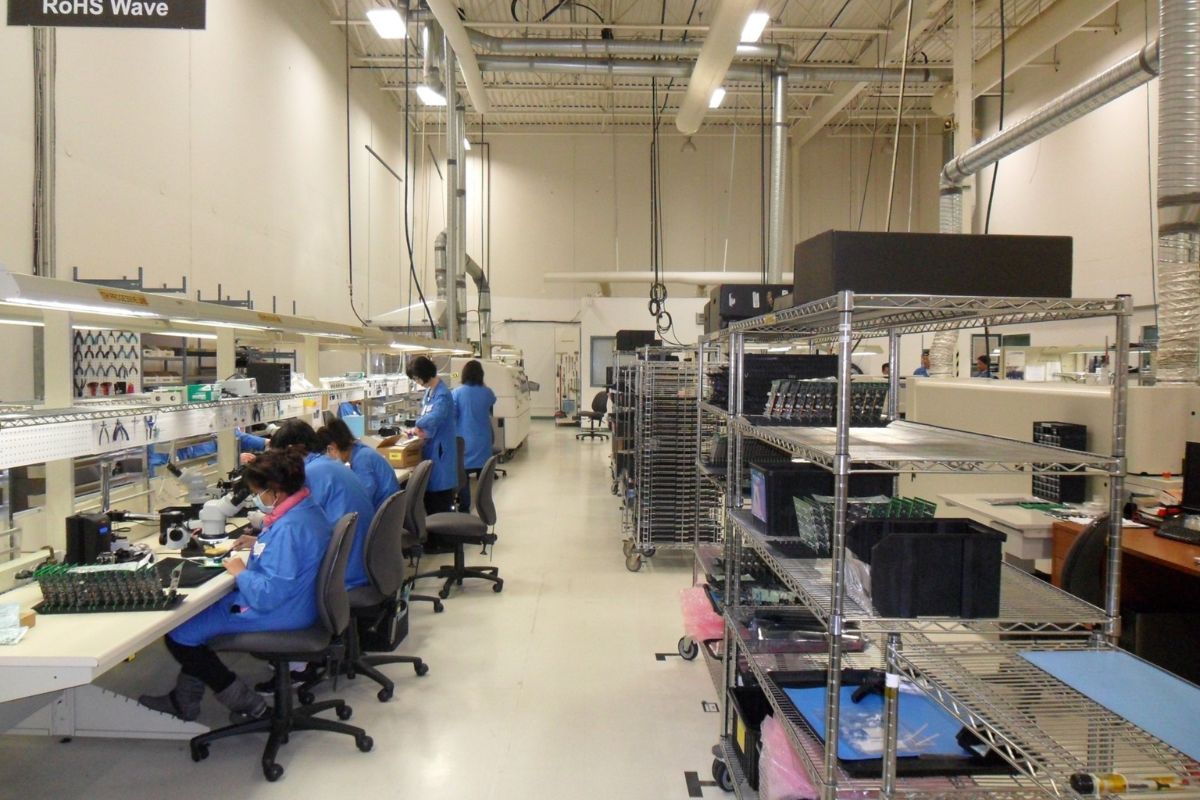In today’s fast-paced industrial landscape, effective change management in production environments is essential for ensuring smooth operations and minimizing disruptions. As organizations strive for continuous improvement and innovation, they must adopt structured approaches to manage changes effectively. This article explores the significance of change management in production environments, its key components, and best practices to facilitate seamless transitions.
Understanding Change Management
Change management refers to the systematic approach to dealing with transformation or transitions within an organization. It involves preparing, supporting, and helping individuals, teams, and organizations in making organizational change. In production environments, this process becomes even more critical due to the complex interplay of systems, processes, and personnel.
Change management in production environments encompasses various aspects, including changes to processes, technology, workforce, and organizational structure. Each of these elements can significantly impact productivity, efficiency, and safety. Therefore, organizations must understand the nuances of change management to successfully navigate the challenges associated with implementing changes.
The Importance of Change Management in Production Environments

- Minimizing Disruption: One of the primary objectives of change management in production environments is to minimize disruptions during the transition phase. Changes in machinery, processes, or workflows can lead to downtime, affecting overall productivity. A well-structured change management process helps organizations anticipate potential issues and develop strategies to mitigate them.
- Enhancing Employee Engagement: Changes in production environments often require employees to adapt to new processes or technologies. Effective change management fosters employee engagement by involving them in the change process, addressing their concerns, and providing adequate training. Engaged employees are more likely to embrace change positively, leading to a smoother transition.
- Improving Communication: Clear and consistent communication is vital in change management. Organizations must establish effective communication channels to inform all stakeholders about the changes being implemented. This includes providing updates, addressing questions, and soliciting feedback. Transparent communication helps build trust and ensures that everyone is on the same page, reducing resistance to change.
- Facilitating Continuous Improvement: Change management in production environments is closely tied to the concept of continuous improvement. By adopting a systematic approach to change, organizations can identify areas for enhancement and implement solutions that lead to better performance. This proactive mindset encourages innovation and positions organizations for long-term success.
- Ensuring Compliance and Safety: Production environments often have strict regulatory requirements and safety protocols. Change management ensures that any changes made are compliant with industry standards and do not compromise safety. By integrating change management practices, organizations can conduct thorough risk assessments and ensure that safety measures are in place during transitions.
Key Components of Change Management in Production Environments
To effectively manage change in production environments, organizations should focus on the following key components:

- Change Identification and Assessment: The first step in change management is identifying the need for change. This could arise from internal factors (such as performance gaps) or external influences (such as market demands). Once identified, organizations should assess the impact of the proposed changes on processes, people, and systems.
- Stakeholder Involvement: Engaging stakeholders is crucial in change management. This includes everyone from top management to frontline employees. Involving stakeholders in the planning and implementation stages not only garners support but also provides valuable insights into potential challenges and solutions.
- Training and Development: Adequate training is essential to equip employees with the skills needed to adapt to changes. Organizations should develop training programs tailored to the specific changes being implemented. Continuous learning opportunities can enhance employee confidence and competence, facilitating a smoother transition.
- Monitoring and Evaluation: After implementing changes, organizations must monitor their effectiveness. This involves collecting feedback, assessing performance metrics, and making necessary adjustments. A feedback loop allows organizations to learn from the change process and refine their strategies for future changes.
- Documentation: Maintaining comprehensive documentation of the change management process is vital. This includes documenting the rationale for changes, the steps taken, and the outcomes achieved. Proper documentation not only aids in compliance but also serves as a reference for future change initiatives.
Best Practices for Effective Change Management in Production Environments

- Develop a Change Management Plan: Organizations should create a detailed change management plan that outlines the objectives, scope, timeline, and resources required for the change. This plan serves as a roadmap to guide the change process and ensure alignment among stakeholders.
- Communicate Effectively: Establish a communication strategy that outlines how information will be shared throughout the change process. Utilize multiple channels (meetings, emails, intranet) to ensure that all stakeholders receive timely updates.
- Foster a Culture of Change: Encourage a culture that embraces change and innovation. This involves promoting open dialogue, celebrating successes, and recognizing employees who contribute positively to the change process.
- Utilize Change Management Tools: Leverage change management tools and software to streamline the process. These tools can help track changes, manage documentation, and facilitate communication among stakeholders.
- Learn from Past Experiences: Reflect on previous change initiatives to identify lessons learned. Understanding what worked well and what didn’t can provide valuable insights for future change management efforts.
Conclusion
In conclusion, effective change management in production environments is crucial for organizations aiming to thrive in a competitive landscape. By understanding the significance of change management, implementing key components, and adhering to best practices, organizations can navigate the complexities of change with confidence. Ultimately, successful change management not only enhances productivity but also fosters a culture of continuous improvement, enabling organizations to adapt and succeed in an ever-evolving industrial environment. Embracing these principles will ensure that change management in production environments becomes a strategic advantage, positioning organizations for long-term success.
Found this article valuable? Explore more insights in our Visionary CIOs.


















